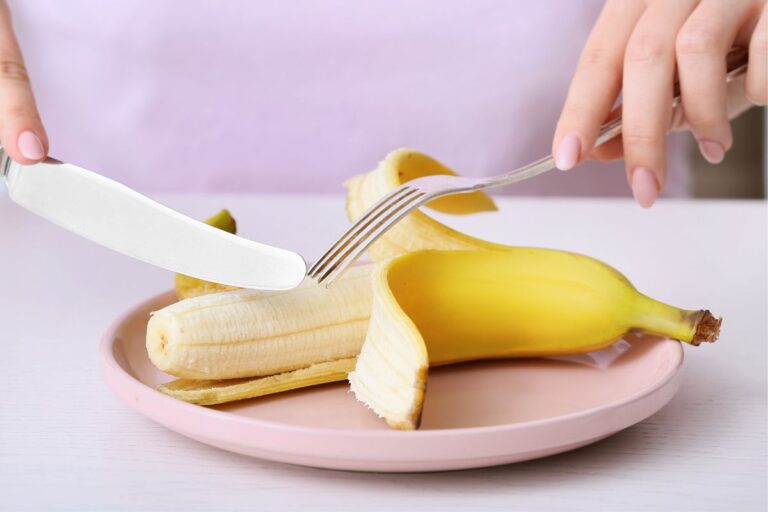15 Best Plant-Based Protein Sources for Vegetarians
Getting enough protein is important for maintaining a healthy body, especially if you’re following a vegetarian diet. Luckily, there are plenty of plant-based protein options that can help you meet your nutritional needs.
These plant-based protein sources come in a variety of tastes and textures, making them suitable for anybody seeking to gain muscle mass, sustain energy levels, or follow a well-rounded diet.
Plus, many of them come with additional health benefits like fiber, vitamins, and minerals. So let’s discuss some of the greatest plant-based protein choices available to vegetarians.
Lentils
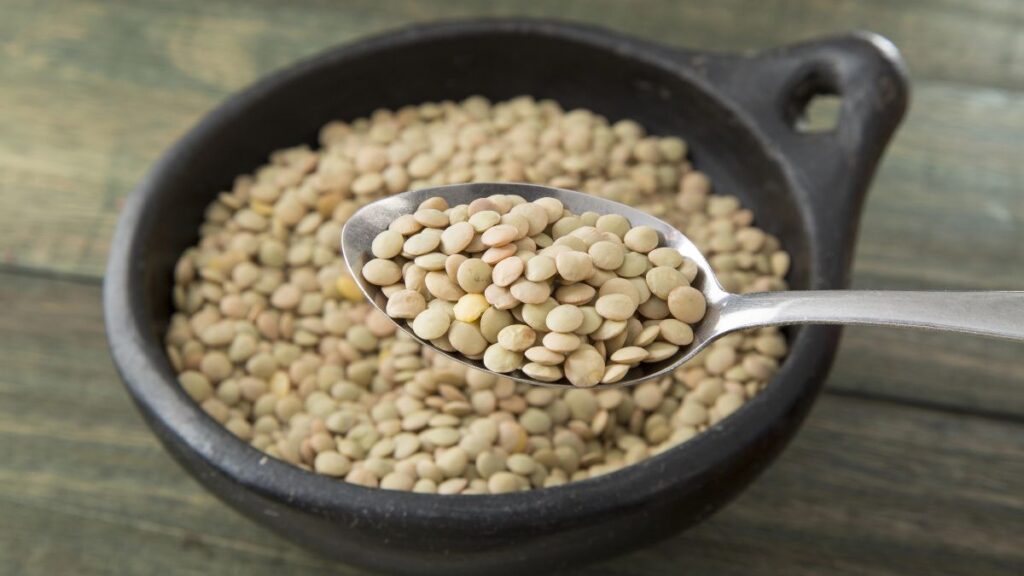
Lentils are a fantastic plant-based protein source, offering around 18 grams of protein per cooked cup. They’re versatile and can be added to soups, salads, or even made into veggie burgers. Lentils are also rich in fiber, which helps keep your digestive system healthy and can keep you feeling full longer.
They come in different colors, like green, brown, and red, each with a slightly different flavor and texture. Aside from protein, lentils provide essential nutrients like iron and folate. Best of all, they’re affordable and easy to cook.
Chickpeas
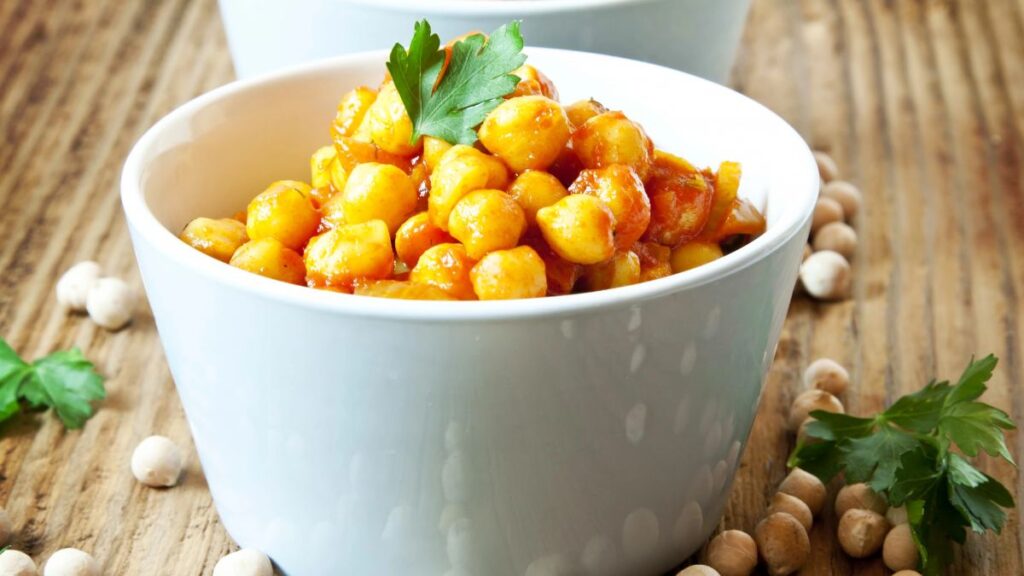
Chickpeas, also known as garbanzo beans, are another excellent source of protein for vegetarians. One cup of cooked chickpeas contains about 15 grams of protein. You can use chickpeas in various dishes, from salads to stews, or even make homemade hummus.
Chickpeas are also packed with fiber and essential minerals like magnesium and potassium. They have a mild, nutty flavor that pairs well with spices and sauces, making them a popular ingredient in Mediterranean and Middle Eastern dishes. Plus, they can be roasted for a crunchy snack.
Quinoa
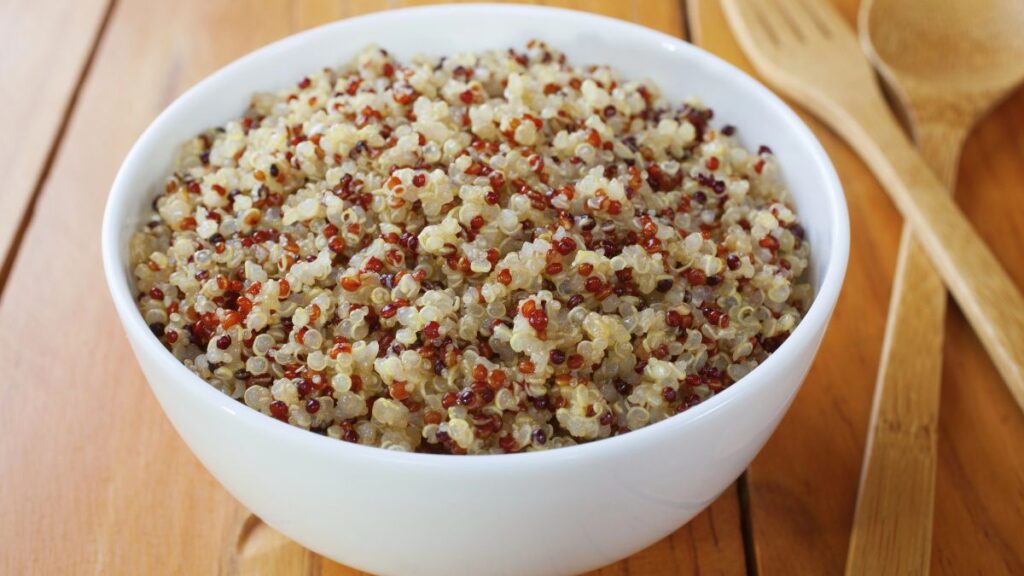
Quinoa is a complete protein, meaning it contains all nine essential amino acids that your body needs. A cup of cooked quinoa offers about 8 grams of protein. It’s gluten-free, making it a great option for people with gluten sensitivities.
Quinoa has a slightly nutty flavor and a fluffy, rice-like texture, which makes it perfect as a base for salads, bowls, or even as a side dish. Besides protein, quinoa is rich in fiber, iron, and magnesium. It’s easy to cook and can be ready in about 15 minutes.
Tofu

Tofu is made from soybeans and is a staple in many vegetarian diets due to its high protein content. Half a cup of tofu contains around 10 grams of protein. It has a mild taste and absorbs the flavors of the sauces and seasonings you cook it with.
Tofu is incredibly versatile and can be baked, fried, or added to soups and stir-fries. In addition to protein, tofu provides calcium and iron, making it a nutritious choice. Whether you’re making a savory dish or even a dessert, tofu can fit right in.
Tempeh
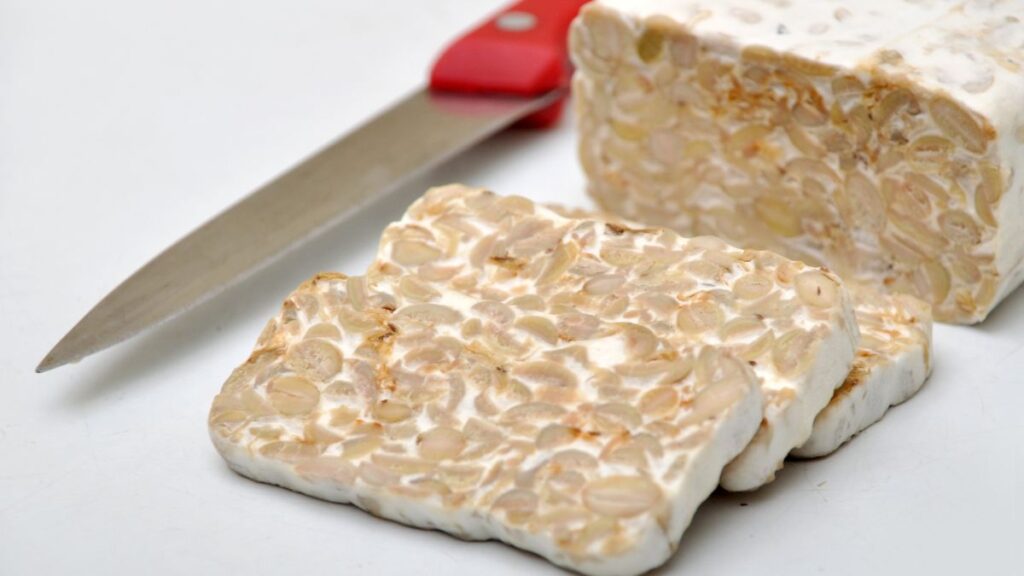
Tempeh is another soy-based protein source, but it’s fermented, which gives it a firmer texture and a slightly nutty flavor. One cup of tempeh provides about 31 grams of protein, making it one of the richest plant-based protein sources.
Tempeh is also high in probiotics, which can help improve digestion. It’s a great addition to stir-fries, sandwiches, or salads. Like tofu, tempeh absorbs the flavors of whatever you cook it with, making it a versatile ingredient. Plus, it’s packed with fiber and essential minerals.
Edamame
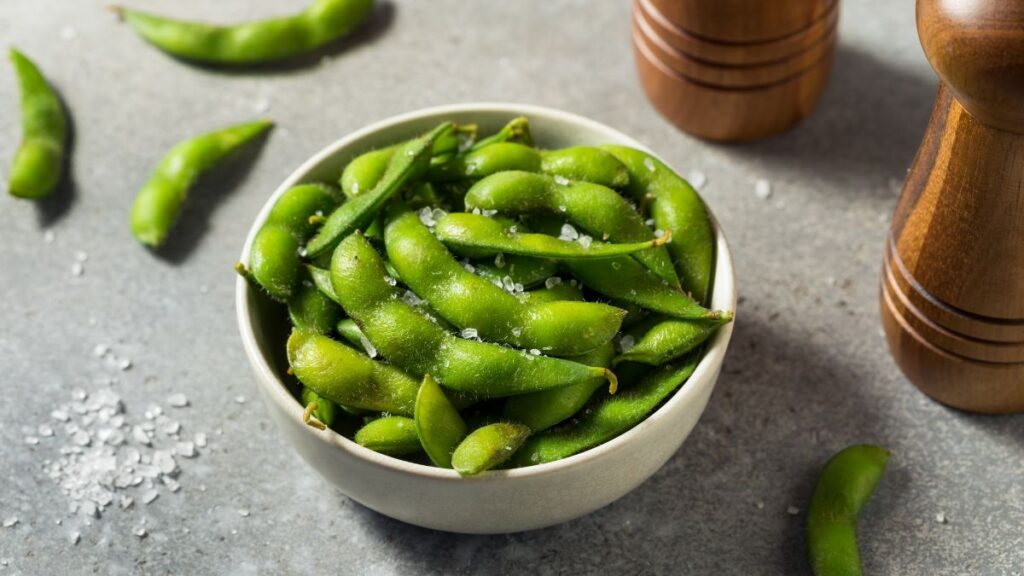
Edamame are young, green soybeans that are often served steamed or boiled. One cup of cooked edamame contains about 17 grams of protein. These little beans are not only a great source of protein but are also rich in fiber, healthy fats, and essential nutrients like folate and vitamin K.
They make a perfect snack on their own or can be added to salads, stir-fries, and grain bowls. Edamame has a mild flavor and can be seasoned with a pinch of salt or spices. They’re easy to prepare and are often found in the frozen food section.
Black Beans
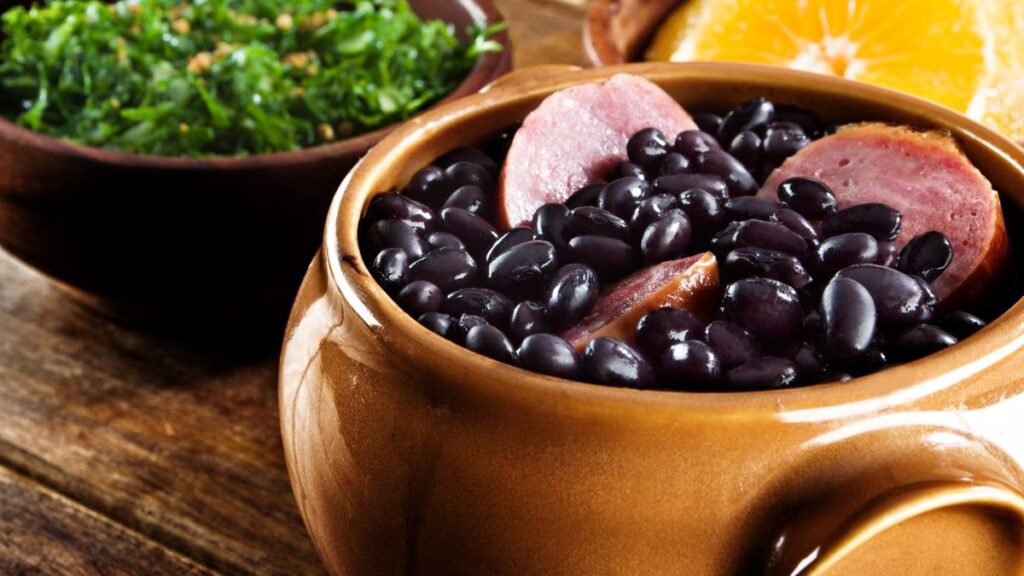
Black beans are a protein-packed legume, offering about 15 grams of protein per cooked cup. They are a popular ingredient in Latin American dishes and can be used in soups, stews, salads, or even as a base for veggie burgers.
Black beans are also high in fiber, which supports healthy digestion and can help regulate blood sugar levels. In addition to protein, they contain essential minerals like iron and magnesium. They have a slightly sweet and earthy flavor, which pairs well with spices like cumin and chili powder.
Best of all, they’re affordable and widely available.
Chia Seeds
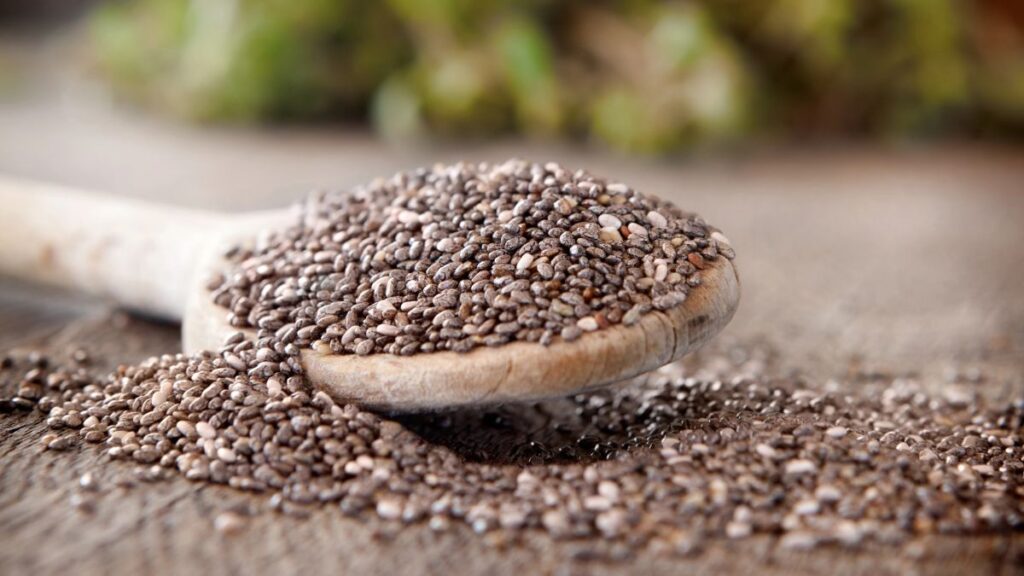
Chia seeds might be small, but they pack a punch when it comes to nutrition. Just two tablespoons of chia seeds provide about 4 grams of protein. In addition to protein, they are rich in omega-3 fatty acids, fiber, and antioxidants.
Chia seeds can be easily added to smoothies, oatmeal, or yogurt, and they can even be used to make chia pudding. When mixed with liquid, they expand and form a gel-like texture, making them a great egg substitute in vegan baking. These tiny seeds are a convenient way to boost your protein intake.
Hemp Seeds
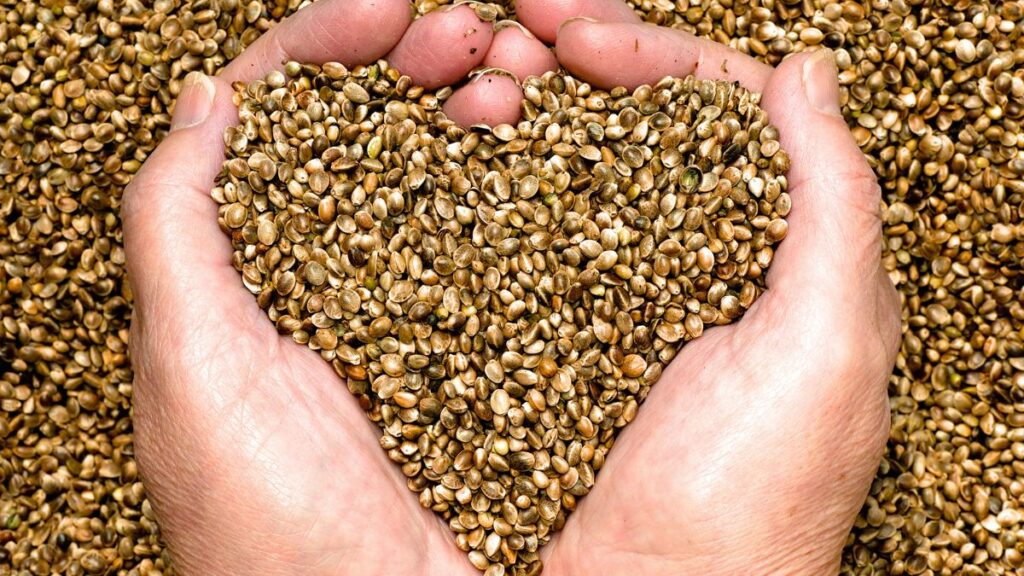
Hemp seeds are another nutrient-dense seed that offers a significant amount of protein. Three tablespoons of hemp seeds provide about 10 grams of protein. They are also a great source of omega-3 and omega-6 fatty acids, which are essential for heart health.
Hemp seeds have a mild, nutty flavor and can be sprinkled over salads, smoothies, or yogurt. They are also rich in essential minerals like magnesium, zinc, and iron. Whether you eat them raw or toasted, hemp seeds are an easy way to add plant-based protein to your meals.
Almonds
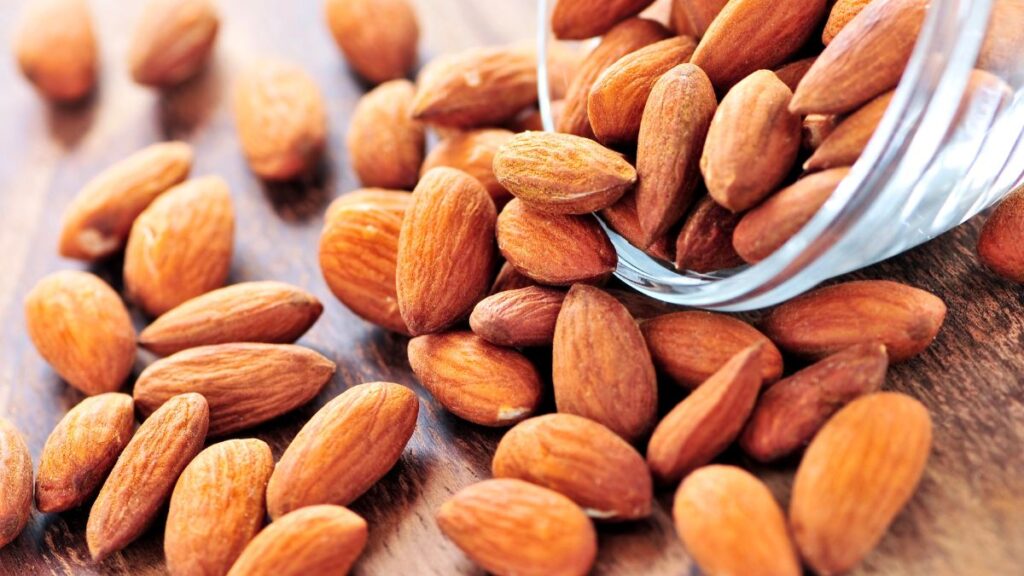
Almonds are a popular snack that also happens to be a great source of protein. One ounce (about 23 almonds) contains 6 grams of protein. In addition to protein, almonds are packed with healthy fats, fiber, and vitamin E, which is good for your skin.
Almonds can be eaten on their own, added to salads, or used as a topping for oatmeal and yogurt. They can also be turned into almond butter, a protein-rich spread that’s perfect for toast or smoothies. Keep in mind that almonds are calorie-dense, so a handful is usually enough to satisfy your hunger.
Peanuts

Peanuts are another protein-packed snack, with 7 grams of protein per ounce. They are also rich in healthy fats and contain a good amount of fiber. Peanuts can be enjoyed on their own, in trail mixes, or as peanut butter, which pairs well with fruits, smoothies, or sandwiches.
Aside from protein, peanuts are a good source of niacin, magnesium, and folate. They have a slightly sweet, earthy flavor that makes them a popular choice in both sweet and savory dishes. However, keep portions in check as peanuts are high in calories.
Seitan
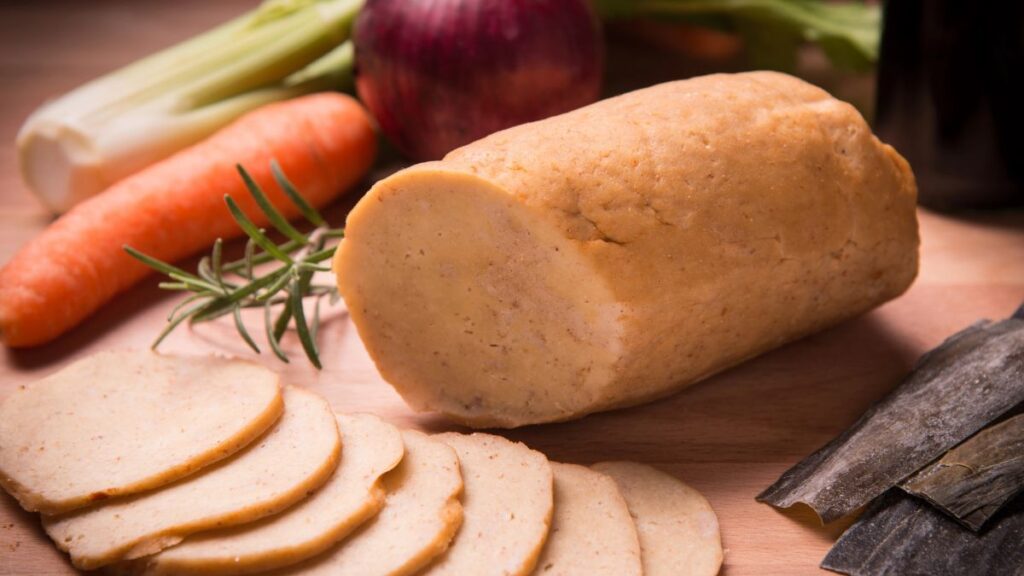
Seitan, also known as wheat gluten, is a high-protein meat substitute with about 21 grams of protein per 3-ounce serving. It has a chewy texture that closely resembles meat, making it a popular option for vegetarians and vegans.
Seitan can be sautéed, grilled, or added to stews and stir-fries. While it’s a great source of protein, seitan is not suitable for those with gluten intolerance. Seitan absorbs flavors well, so it can be seasoned and cooked to taste like various meat dishes. It’s also low in fat, making it a lean protein option.
Green Peas
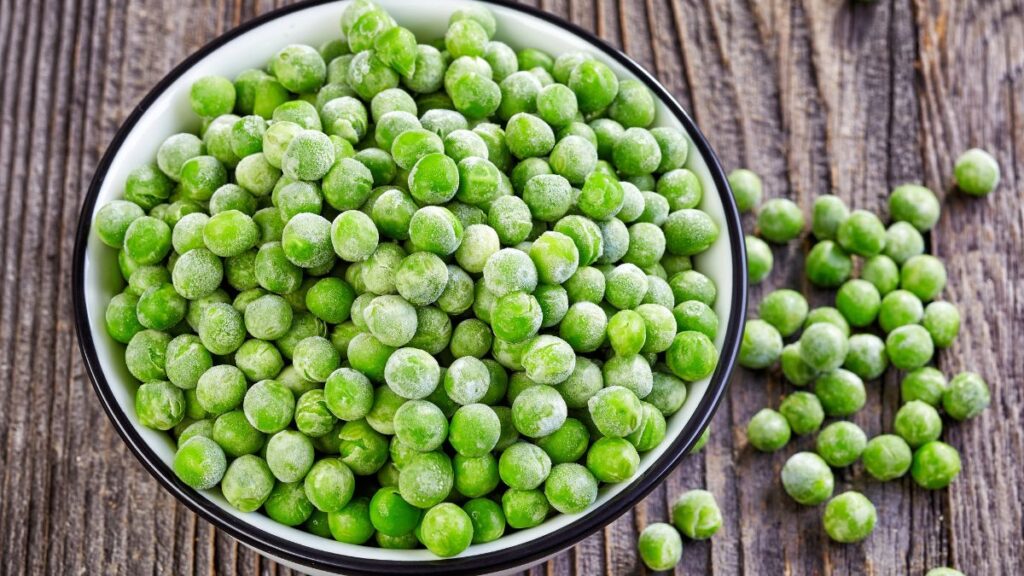
Green peas are more than just a side dish; they’re also a great source of plant-based protein. One cup of cooked green peas contains about 8 grams of protein. They are also high in fiber, which aids in digestion and helps keep you full.
Green peas can be added to salads, soups, or mashed into dips. In addition to protein, peas are rich in vitamins A, C, and K, as well as antioxidants that support overall health. Their sweet, mild flavor makes them a versatile ingredient in various recipes.
Pumpkin Seeds
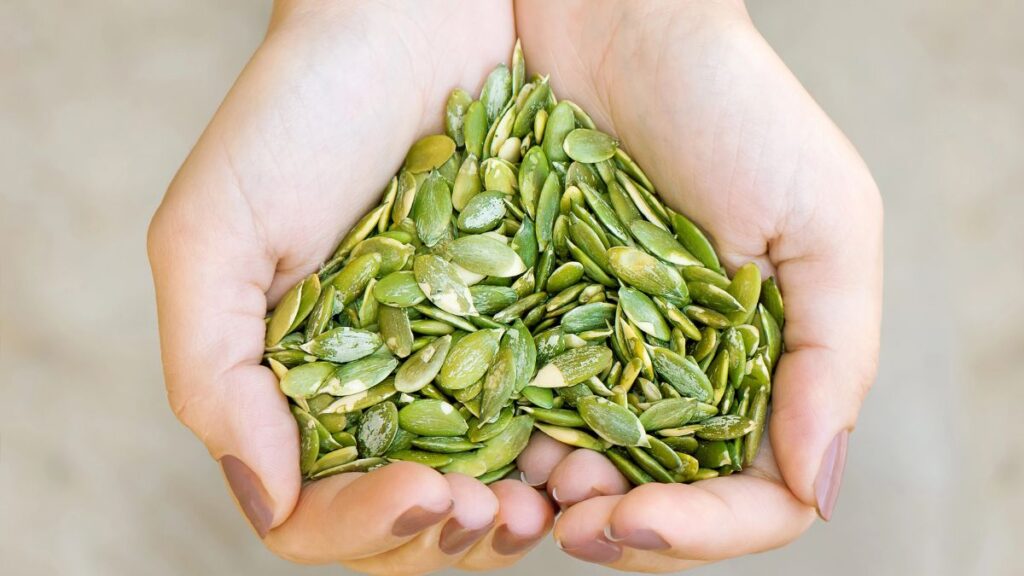
Pumpkin seeds, also known as pepitas, are a crunchy snack that offers about 7 grams of protein per ounce. They are also a great source of healthy fats, fiber, and important minerals like magnesium and zinc. Pumpkin seeds can be eaten on their own, added to salads, or used as a topping for oatmeal and yogurt.
They have a nutty, slightly sweet flavor that complements both sweet and savory dishes. Roasted pumpkin seeds make for a satisfying, high-protein snack that’s easy to carry with you on the go. Just be mindful of portion sizes, as they are calorie-dense.
Spirulina

Spirulina is a type of blue-green algae that’s considered a superfood due to its high protein and nutrient content. Just one tablespoon of spirulina contains about 4 grams of protein. It’s also rich in vitamins, minerals, and antioxidants. Spirulina is typically sold in powder form and can be added to smoothies, juices, or even baked goods.
Its slightly earthy, sea-like flavor may take some getting used to, but its health benefits are hard to ignore. Besides protein, spirulina provides essential nutrients like iron, B vitamins, and calcium.
15 Grocery Items to Stock Up On Before Winter Price Hikes

As winter draws near, temperatures rise, as do grocery prices. The colder months often bring higher food costs due to increased demand, supply chain challenges, and seasonal shortages. To avoid the shock of winter price hikes, stock up on certain pantry staples and essential items.
15 Grocery Items to Stock Up On Before Winter Price Hikes
15 Places Where You’re Expected to Tip—But You Really Don’t Have To

Tipping has become a widespread practice in many industries, with the expectation that you’ll leave a little extra for good service. However, not every situation truly warrants a tip, even if you feel pressured to give one.
15 Places Where You’re Expected to Tip—But You Really Don’t Have To



